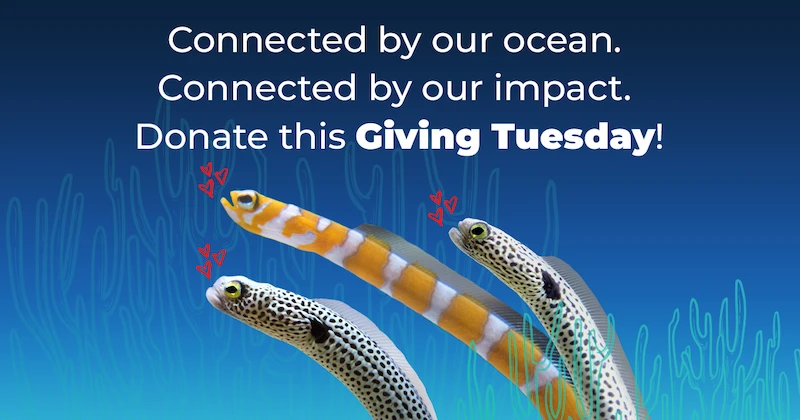They all start with the letter C, obviously! But there’s more: It turns out that they all can have a role in reducing the effects of the winter blues.
Here in the Pacific Northwest, many of us struggle with what’s been called the Big Dark—the often gray, chilly, wet and dreary stretch of days in the late fall and winter, when the sun goes down before 5pm and doesn’t rise again until well after 7am. What can we do to not only survive, but thrive, during this time of year?
We turned to an expert for ideas. Kari Leibowitz, Ph.D., is a health psychologist, speaker and writer who has extensively studied the effects of winter on people’s moods and sense of wellbeing. She shares her research and more in her recently published book, How to Winter: Harness Your Mindset to Thrive on Cold, Dark or Difficult Days. And she kindly agreed to talk with us about the particular challenges of winter in the Northwest.
Q: What inspired your studies?
A: I was intrigued by the research of Joar Vittersø, a world-leading psychologist who studies happiness, meaning and personal growth. He’s also a professor at the University of Tromsø, the northernmost university in the world, 200 miles north of the Arctic Circle. People there experience two months of “polar night,” the time during winter when the sun doesn’t rise above the horizon. Yet research shows that they have relatively low rates of seasonal affective disorder, or winter depression, compared to how far north they are. I was inspired to try to understand how people there made it through such long, dark winters without getting depressed.

Q: In your writings, you suggest developing a “positive winter mindset” to combat the potential effects of the season. Here in the Northwest, our winters are often dark, gray and rainy—not so much a snowy wonderland. What are some things we can do to help brighten our moods?
A: My research found that seeing winter as special and full of opportunity was associated with greater life satisfaction and more positive emotions. One important strategy is to work with the darkness: make it cozy inside by lighting candles and using soft lamps. This might sound trivial, but it turns long, gray days from a bummer into an opportunity for ambiance.
Another strategy is to dress in warm, waterproof clothes and go outside in the rain: It often looks much worse from inside than it is outside. If you venture out, properly dressed, the chill air can feel crisp and bracing and the rain can make the city feel soft and quiet—it’s actually much more enjoyable than most people expect.
And finally, I would encourage people to really notice the weather. Places like Seattle have a reputation for rain, but the weather is often more interesting—and more variable—than we give it credit for. Really paying attention to the weather can help us find fascination and curiosity in winter, and also can help us notice when there are sunny days amid the rain.

Q: You shared with us that you love aquariums. Do you see a connection between going to an aquarium and embracing a positive winter mindset?
A: I think there is something very peaceful about the atmosphere of aquariums. It can create a mood that is really calm and peaceful. The things I love about aquariums—really just looking, taking it all in and slowing down—are things that are especially well-suited to winter.
Q: Does your relationship to the ocean come into play when you’re shifting into your winter mindset?
A: I think being near water—if you’re lucky enough—can be a really beautiful way to embrace winter. The way that water reflects the sky and the weather can bring a lot of fascination to winter weather, which is often more changeable and interesting than summer weather. I think most people think of summery beaches when they think of the ocean, but we know that cold oceans are so rich and teeming with life, and being near the water in winter—watching the waves crash if it’s windy, or smelling the cold air coming off the sea—can really engage our senses at this time of year.

We thank Kari for sharing her thoughts and expertise with us!
Want to start working on your own case of the winter blues? First, blow out your candle. Then put on your cozy clothes and head to the Seattle Aquarium (stop to smell the air coming off Elliott Bay on your way!). Explore Piers 59 and 60 to get to know some of the amazing animals that make their homes in our local waters, and discover fascinating tropical creatures (including clownfish, sharks and more) hailing from the Coral Triangle in our new, warm and light-filled Ocean Pavilion. Plan a visit today!



